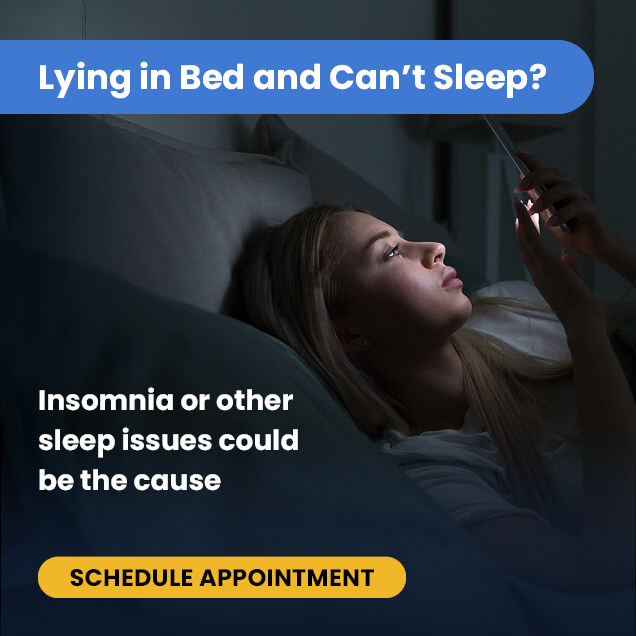Epidemiology | What is Circadian Rhythm? | Symptoms | Differential Diagnosis | Management
Overview
Jet lag is defined as a misalignment of your internal circadian rhythm and the natural, external, light-dark cycle. The condition can cause reduced alertness during waking hours and makes sleeping difficult when it’s bedtime.
Jet lag happens most frequently during air travel between two or more time zones, especially when traveling eastward. Symptoms persist until your circadian rhythm has adjusted to the light-dark cycle of the travel destination.
Epidemiology
The overall prevalence of jet lag, including the impact of age and gender on developing the condition, is currently unknown or not clearly defined. [1,2] It appears that older adults may be less likely to experience symptoms. [3,4]
What Is Circadian Rhythm?
The circadian rhythm is the body’s internal clock that’s in alignment with a 24-hour day.
The body uses environmental light and dark cues called zeitgebers to keep your cycle on track. These cues drive wakefulness during the day and sleepiness as it gets dark.
Your circadian rhythm also controls your core body temperature, appetite, and the body’s production of the stress hormone cortisol. [5,6].
With jet lag, your internal clock cannot adjust quickly enough to your destination’s time zone and will remain set to the light/dark cycle of your trip’s origin for several days.
The number of time zones crossed affects these rhythms and impacts how long it takes to adjust fully.
Symptoms of jet lag are more pronounced when traveling eastward compared to westward travel. It’s harder to set your body’s clock forward than it is to delay it, which is due to most people having a circadian rhythm that’s longer than 24 hours. In other words, extending wakefulness is easier than shortening it.
For example, if it’s 12 pm EDT in New York City, a westward trip to San Francisco would shift the clock to 9 am PDT, while an eastward trip to London would shift the clock to 5 pm BST.
Typically, it would be easier to prolong your day by 3 hours than to shorten your day by 5 hours, which would give you a sooner bedtime.
Symptoms
- Insomnia
- Daytime Sleepiness
- Decreased Appetite
- Constipation
- Poor Mood
- Negative impact on Psychiatric Disorders [7]
- Impaired Cognitive and Physical Performance
Differential Diagnosis
Jet lag may be confused with travel fatigue. Although the two share some similarities, jet lag is a direct result of crossing multiple time zones. Travel fatigue can happen during or after the journey due to disruption of regular sleep routine, dehydration, restricted space, and the stress of travel itself.
Management
Adjustment to a new time zone will happen naturally for most travelers; however, you can acclimate yourself to a different time zone by taking steps before and during the trip.
Managing jet lag generally differs between eastward and westward travel, though some methods apply to both.
Tips for Travel in all Directions
- During travel, adjust your watch to the destination time
- Avoid sedative medications in flight
- At arrival destination, short naps (less than 45 minutes) and caffeine may help with alertness
- Armodafinil, a wake-promoting medication, may be an option for alertness if behavioral strategies and caffeine have not addressed sleepiness in previous trips [8]
Tips for Eastward Travel
Before the Trip
- Shift sleep and wake times – 30 minutes earlier per day, starting 3 days before departure
- Avoid light (including electronics) in the evening and get lots of bright light the first 2 to 3 hours after waking up
During Travel/Flight
- Avoid bright light during the destination’s early morning time
- Wear sunglasses on the plane if cabin lights are on and keep window shades down
- Get lots of bright light during the late morning and early afternoon based on your destination’s time
- Attempt sleep during destination nighttime
- If you’re unable to sleep during this time, avoid light (especially during the second half of the night) with dark sunglasses
At Destination
- Avoid early morning bright light
- Increase exposure to late morning and early afternoon bright light
- Take melatonin at bedtime for up to 5 days as it may be difficult to fall asleep during the initial adjustment period
- Benzodiazepines [9,10] and nonbenzodiazepine sedatives [11,12] are effective against insomnia associated with jet lag. However, caution is advised due to these medications’ side effects as they can impact next-day performance and alertness
Tips for Westward Travel
Before the Trip
- Shift sleep and wake time 30 minutes later per day, starting 3 days before departure
- Get plenty of light in the evening and avoid bright light the first few hours after waking up
During Travel/Flight
- Increase exposure to late afternoon and evening bright light based on your destination’s time
- Avoid bright light (including electronics) during the destination’s nighttime hours. Use sunglasses on the plane if cabin lights are on
- Try to align sleep with desired destination bedtime
- Attempt sleep during destination nighttime
At Destination
- Increase exposure to late afternoon and evening bright light
- Avoid bright light during destination nighttime
- Try to stay awake until desired destination bedtime
- Sleep may be fragmented during the first few days; avoid electronics when you wake up during this time; melatonin is not helpful in this case
Conclusion
For the light manipulation strategies mentioned above, natural light always works best, but a lightbox may also be used.
Trips lasting only one or two days are generally too short for circadian rhythms to adjust. For short trips, staying on the time of your trip’s origin is more helpful.
Jet lag is a common condition that can manifest in multiple symptoms; however, symptoms can be addressed with behavioral strategies based on travel direction and individual symptom management.
If you have any questions or concerns regarding jet lag, speak with your doctor prior to your trip.
References:
- American Academy of Sleep Medicine. International Classification of Sleep Disorders, 3rd ed, American Academy of Sleep Medicine, Darien, IL 2014.
- Sack, R. L., Auckley, D., Auger, R. R., Carskadon, M. A., Wright, K. P., Jr, Vitiello, M. V., Zhdanova, I. V., & American Academy of Sleep Medicine (2007). Circadian rhythm sleep disorders: part I, basic principles, shift work and jet lag disorders. An American Academy of Sleep Medicine review. Sleep, 30(11), 1460–1483. https://doi.org/10.1093/sleep/30.11.1460
- Tresguerres, J. A., Ariznavarreta, C., Granados, B., Martín, M., Villanúa, M. A., Golombek, D. A., & Cardinali, D. P. (2001). Circadian urinary 6-sulphatoxymelatonin, cortisol excretion and locomotor activity in airline pilots during transmeridian flights. Journal of pineal research, 31(1), 16–22. https://doi.org/10.1034/j.1600-079x.2001.310103.x
- Waterhouse, J., Edwards, B., Nevill, A., Carvalho, S., Atkinson, G., Buckley, P., Reilly, T., Godfrey, R., & Ramsay, R. (2002). Identifying some determinants of “jet lag” and its symptoms: a study of athletes and other travellers. British journal of sports medicine, 36(1), 54–60. https://doi.org/10.1136/bjsm.36.1.54
- Aschoff J. Human circadian rhythms in activity, body temperature and other functions. Life Sci Space Res. 1967;5:159-73.
- Czeisler, C. A., Ede, M. C., Regestein, Q. R., Kisch, E. S., Fang, V. S., & Ehrlich, E. N. (1976). Episodic 24-hour cortisol secretory patterns in patients awaiting elective cardiac surgery. The Journal of clinical endocrinology and metabolism, 42(2), 273–283. https://doi.org/10.1210/jcem-42-2-273
- Katz, G., Knobler, H. Y., Laibel, Z., Strauss, Z., & Durst, R. (2002). Time zone change and major psychiatric morbidity: the results of a 6-year study in Jerusalem. Comprehensive psychiatry, 43(1), 37–40. https://doi.org/10.1053/comp.2002.29849
- Rosenberg, R. P., Bogan, R. K., Tiller, J. M., Yang, R., Youakim, J. M., Earl, C. Q., & Roth, T. (2010). A phase 3, double-blind, randomized, placebo-controlled study of armodafinil for excessive sleepiness associated with jet lag disorder. Mayo Clinic proceedings, 85(7), 630–638. https://doi.org/10.4065/mcp.2009.0778
- Lavie P. (1990). Effects of midazolam on sleep disturbances associated with westward and eastward flights: evidence for directional effects. Psychopharmacology, 101(2), 250–254. https://doi.org/10.1007/BF02244135
- Donaldson, E., & Kennaway, D. J. (1991). Effects of temazepam on sleep, performance, and rhythmic 6-sulphatoxymelatonin and cortisol excretion after transmeridian travel. Aviation, space, and environmental medicine, 62(7), 654–660.
- Jamieson, A. O., Zammit, G. K., Rosenberg, R. S., Davis, J. R., & Walsh, J. K. (2001). Zolpidem reduces the sleep disturbance of jet lag. Sleep medicine, 2(5), 423–430. https://doi.org/10.1016/s1389-9457(00)00073-3
- [Daurat, A., Benoit, O., & Buguet, A. (2000). Effects of zopiclone on the rest/activity rhythm after a westward flight across five time zones. Psychopharmacology, 149(3), 241–245. https://doi.org/10.1007/s002139900367






